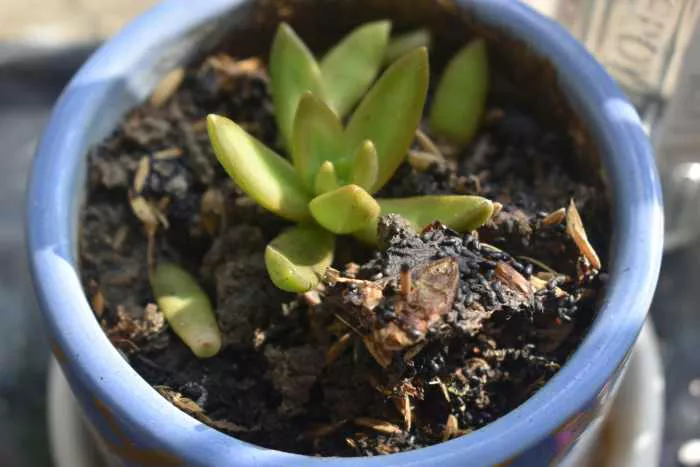Sedum succulents are popular among plant enthusiasts for their resilience and low maintenance requirements. These plants are known for their ability to store water in their leaves, making them drought-tolerant and ideal for various environments. However, understanding how often to water sedum succulents is crucial for their health and growth. This article provides a professional overview of watering practices for sedum succulents, ensuring they thrive in your care.
Understanding Sedum Succulents
Sedum is a large genus of flowering plants in the family Crassulaceae. There are over 400 species of sedum, ranging from low-growing ground covers to upright varieties. These plants are native to a variety of climates, including arid regions. Sedums have thick, fleshy leaves that store water, allowing them to survive periods of drought. Their adaptability makes them suitable for gardens, containers, and even indoor settings.
Factors Influencing Watering Frequency
Several factors influence how often you should water sedum succulents. These factors include the type of sedum, environmental conditions, and the growing medium.
Type of Sedum
Different species of sedum may have varying water needs. For example, Sedum morganianum, commonly known as burro’s tail, may require more frequent watering than Sedum acre, which is more drought-tolerant. Understanding the specific needs of your sedum variety is essential.
Environmental Conditions
The environment in which your sedum is growing plays a significant role in determining watering frequency. Factors such as temperature, humidity, and sunlight exposure will affect how quickly the soil dries out. In warmer, sunnier conditions, sedums will need more frequent watering compared to cooler, shaded areas.
Growing Medium
The type of soil used for planting sedum succulents also impacts watering frequency. Well-draining soil is essential for preventing root rot. A mix of potting soil, sand, and perlite or gravel is ideal. Soil that retains moisture will require less frequent watering than fast-draining mixes.
General Watering Guidelines
While specific watering needs can vary, there are general guidelines to follow when watering sedum succulents.
Watering Schedule
As a rule of thumb, sedum succulents should be watered every two to three weeks during the growing season, which typically runs from spring to early fall. In the winter months, when the plants are dormant, watering can be reduced to once a month or even less, depending on the conditions.
Soil Moisture Check
Before watering, always check the moisture level of the soil. Insert your finger about an inch into the soil. If it feels dry, it is time to water. If it feels moist, wait a few more days before checking again. This method helps prevent overwatering, which is a common issue with succulents.
Watering Technique
When watering sedum succulents, it is best to water deeply and thoroughly. Ensure that water reaches the roots but avoid letting the plants sit in standing water. If your sedums are in pots, make sure there are drainage holes to allow excess water to escape.
Signs of Underwatering and Overwatering
Recognizing the signs of underwatering and overwatering is crucial for maintaining healthy sedum succulents.
Signs of Underwatering
If your sedum succulents are underwatered, you may notice the following signs:
Leaves may appear shriveled or wrinkled
The plant may become leggy as it stretches toward light
Lower leaves may turn yellow and drop off
Signs of Overwatering
Overwatering can lead to root rot and other issues. Signs of overwatering include:
Leaves turning yellow or translucent
The base of the plant becoming mushy or soft
A foul smell coming from the soil, indicating rot
If you notice any of these signs, adjust your watering routine accordingly.
Seasonal Considerations
As seasons change, so do the watering needs of sedum succulents.
Spring and Summer
During the growing season, sedum plants are actively growing and require more frequent watering. Monitor soil moisture closely and water when the top inch of soil is dry.
Fall and Winter
As temperatures drop and daylight decreases, sedum succulents enter a dormant phase. Reduce watering during this time. Water only when the soil is completely dry, which may be once a month or less.
Conclusion
Watering sedum succulents requires careful attention to their specific needs and environmental conditions. By following general guidelines and monitoring soil moisture, you can ensure your sedums remain healthy and vibrant. Understanding the signs of underwatering and overwatering will help you make necessary adjustments to your watering routine. With proper care, sedum succulents will thrive, bringing beauty and resilience to your garden or home.


